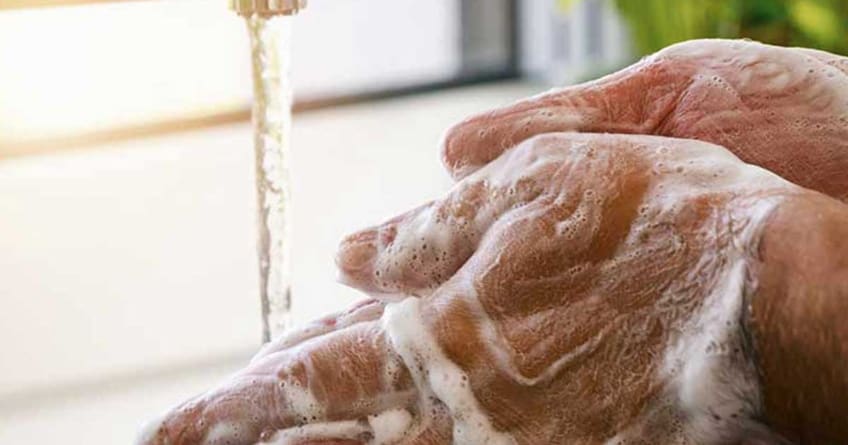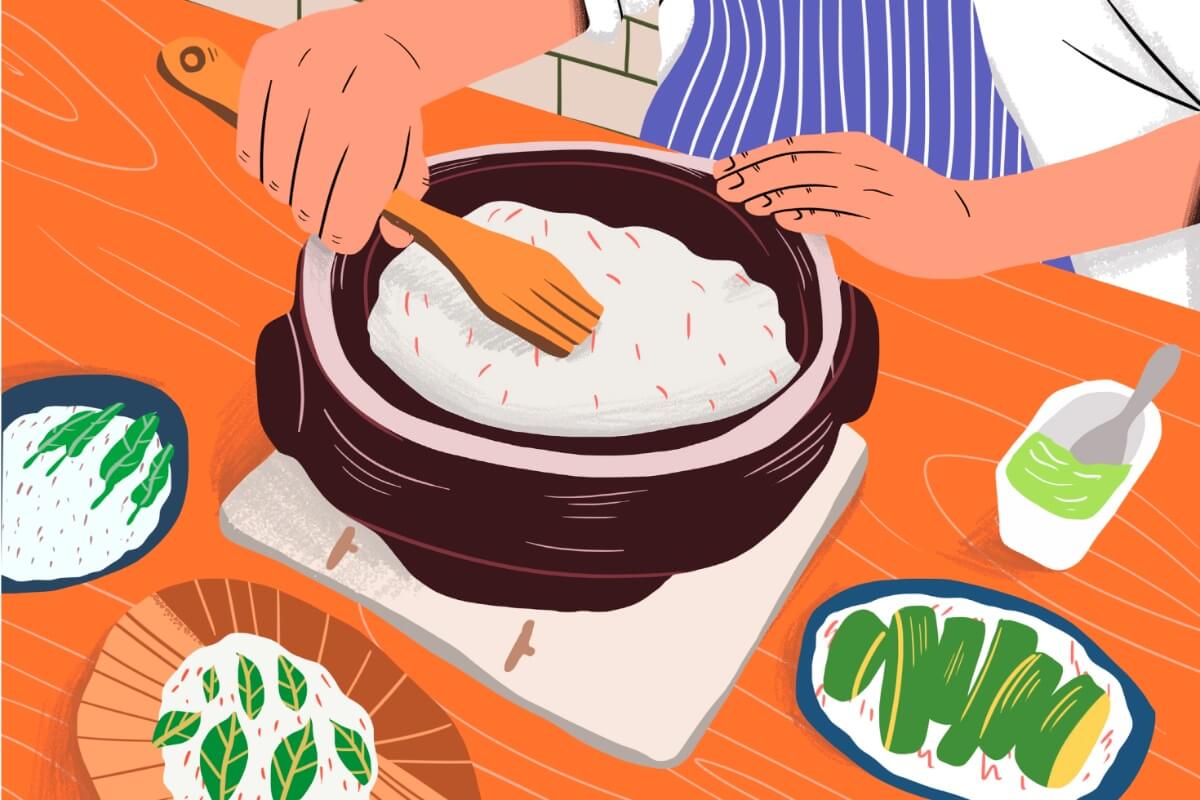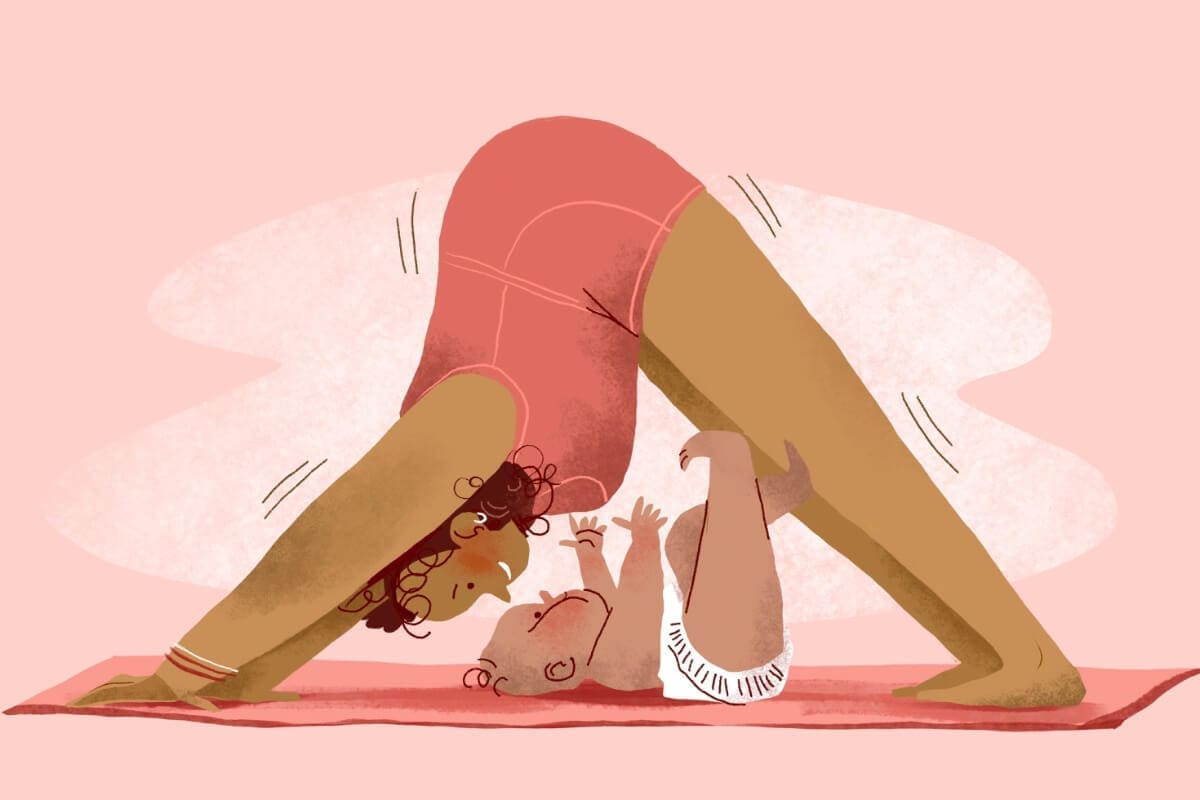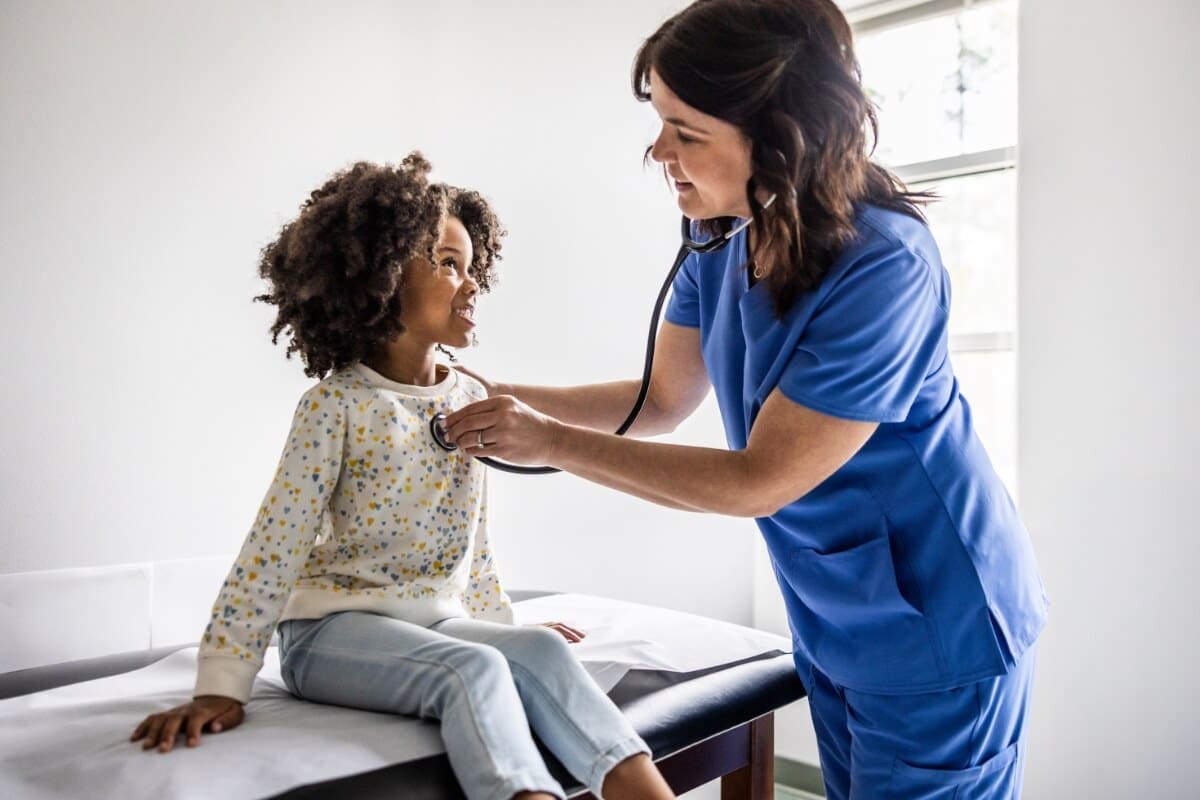
Handwashing is one of the best ways to prevent the spread of COVID-19. According to the CDC, soap and friction help lift dirt, grease, and microbes—including COVID-19 disease-causing germs—from skin so they can then be rinsed off hands. But it must be done properly with soap and water.
When soap and water are not available, the next best option is to use an alcohol-based hand sanitizer. Your sanitizer should contain at least 60% alcohol. If not, it won’t kill germs effectively.
Path to improved health
Proper handwashing not only reduces the spread of COVID-19, it can prevent the spread of other illnesses such as cold and flu.
Handwashing requires five simple steps:
- Wet:Put both your hands under clean, running water.
- Lather:Apply a generous amount of soap to the inside and back of your hands as well as your fingertips. Wash your hands for at least 20 seconds (sing happy birthday) and don’t forget to wash under jewelry and fingernails. Your fingertips are especially important as people often put their fingers on their face, nose, and eyes. This is how the virus spreads.
- Scrub:Rub both hands together and move your fingertips around both hands. You don’t need a scrub brush. You don’t need to make harsh, scrubbing movements.
- Rinse:Return both hands to the running water and gently wash away the soap.
- Dry:Completely dry the water from your hands. Using a disposable towel (paper towel) is best to avoid leaving germs on towels. Air dryers, commonly found in public bathrooms, are also effective.
When do I need to wash my hands?
Handwashing throughout the day is important, but even more important during flu season or an outbreak like COVID-19. Always remember to wash your hands in these situations:
- After returning from a public outing (grocery store, work, school, concert, sporting activity, hospital, nursing home, etc.).
- Before leaving the bathroom – both at home and in public bathrooms.
- After shaking hands during flu season and virus outbreaks.
- Before, during, and after preparing food, especially raw food.
- Before eating food.
- Before and after caring for someone at home who is sick with symptoms of vomiting or diarrhea.
- Before and after treating a cut or wound.
- After changing diapers or cleaning up a child who has used the toilet.
- After blowing your nose, coughing, or sneezing.
- After touching an animal, animal feed, or animal waste.
- After handling pet food or pet treats.
- After touching garbage.
- After putting on your shoes.
- After using public computers, touching public tables and countertops, cash and coins, other people’s phones, etc.
How long should I wash my hands?
Science has shown that washing your hands for 20 seconds is effective in killing germs. Don’t have the patience for this? Experts say that washing your hands while singing Happy Birthday twice makes the experience quick and more pleasant.
When should I use hand sanitizer?
Alcohol-based hand sanitizer (containing at least 60% alcohol) is helpful in protecting against the spread of germs and viruses. However, handwashing with soap and water is still best. Hand sanitizer is effective when soap and water are not available. This includes when taking public transportation and it’s difficult to get to a bathroom (airplane, train, bus). Carrying a travel size bottle of hand sanitizer makes it easy to disinfect your hands in many situations where you’re around other people.
Apply a generous drop of hand sanitizer to the palm of your hand and rub it across both hands, front and back, and fingertips.
Things to consider
Using clean, running water is important. Never wash your hands by submerging them in a basin or bowl of standing water. This water could contain germs that continue to live there. Sometimes, clean running water is affected by natural disasters (tornados, hurricanes, etc.). There is still some benefit to washing your hands with soap in these situations as long as it is with running water.
Avoid touching doorknobs, toilet flush handles, and faucets after washing your hands. Try using a paper towel, the sleeve of your clothing, a scarf, or gloves to protect your hands and fingers against germs.
Do not leave hand sanitizer unattended around small children. Drinking it is poisonous.
Read More from Familydoctor.org
Coronavirus Disease (COVID-19)
Know the Facts About Coronavirus (COVID-19)
Hand Sanitizers and Coronavirus (COVID-19)
Resources
![]()
Copyright © American Academy of Family Physicians
This information provides a general overview and may not apply to everyone. Talk to your family doctor to find out if this information applies to you and to get more information on this subject.










